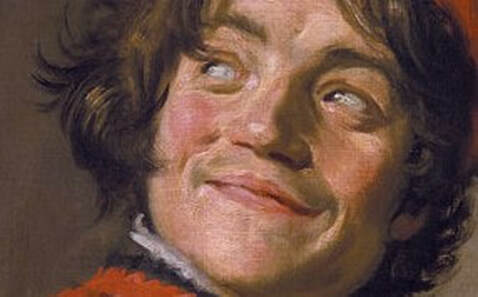 Frans Hals – National Gallery Click here to watch Last month we took a forensic look at a single painting in the National Gallery’s Frans Hals’ exhibition, rivetingly explained by the Gallery’s Curator of Dutch and Flemish Paintings, Bart Cornelis. In this new film, he takes a broader look at the entire exhibition and explains what it is about Hals’ portraits that speak to us across hundreds of years, thereby totally transforming the art of portraiture and elevating the art of his time to another level. In his hands, Cornelis argues, portraiture moved from being simply the setting down of a likeness, rather like a photograph, and therefore not at that time considered any more than a mechanical act, to being an artform in its own right. 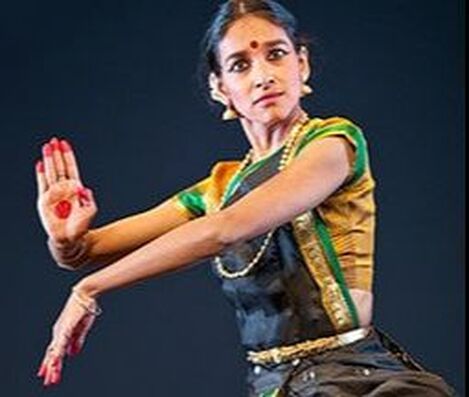 Shantala Shivalingappa - Akasha Click here to watch There are dozens, if not hundreds, of styles of Indian traditional dance, each one individualised and distinct from all the others. Only rarely does a performer raised in one tradition study and perform another, still less work with choreographers and dance-makers from entirely different cultures. Shantala Shivlingappa is therefore a rarity. Born in India and raised in Paris, Shantala is a child of the East and West. She grew up in a world filled with dance and music, initiated at an early age by her mother, acclaimed dancer Savitry Nair. Deeply moved and inspired by Master Vempati Chinna Satyam’s pure and graceful tradition, Shantala dedicated herself to the Kuchipudi style, first introduced outside India by Indrani. Kuchipudi draws on stories based on Hindu mythology, making it a rich narrative tradition, but also features sections within every performance that are pure dance. It’s dance, it’s drama, it’s music. And it’s art. In addition, since the age of thirteen she has worked with some of the greatest Western dance artists of our time, including choreographers Maurice Béjart and Pina Bausch, and director Peter Brook. She made her Jacob’s Pillow debut in 2008, where this was recorded, to music by J. Ramesh. 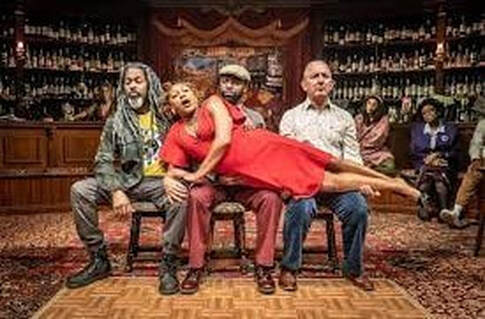 The Wife of Willesden – Kiln Theatre Click here for tickets Every English schoolchild has to read Chaucer’s Canterbury Tales. I remember it as a chore, hard to get into, far divorced from my world of NorthWest London, written in a language I could barely comprehend. It didn’t matter that the teacher said that Chaucer was the first writer in English, it didn’t sound like English to me. And then, we had to pick one of the stories to look at more closely, to translate, to try to understand and relate to. I chose The Wife of Bath and the more I understood what Chaucer was telling me about her, the more I fell in love with her. At a distance of 600 years, she was a real person, a real woman to me. Now the novelist Zadie Smith, famous for White Teeth and herself a girl from NorthWest London, has taken this real woman of the 14th century and made her approachable in our own. Alvita is, in The Wife of Bath and here, in The Wife of Willesden, a proper local legend. Married five times. Mother. Lover. Aunt. Friend. Alvita will tell her life story to anyone in the pub – there’s no shame in her game. The question is: are you ready to hear it? Because this woman’s got the gift of the gab: she can rewrite mistakes into triumphs, turn pain into parables, and her love life’s an epic poem. They call her The Wife of Willesden. This is a play that celebrates the human knack for telling elaborate tales, especially about our own lives, where novelist Zadie Smith transports Chaucer’s The Wife of Bath to 21st Century Willesden, North West London. It is directed by Indhu Rubasingh. 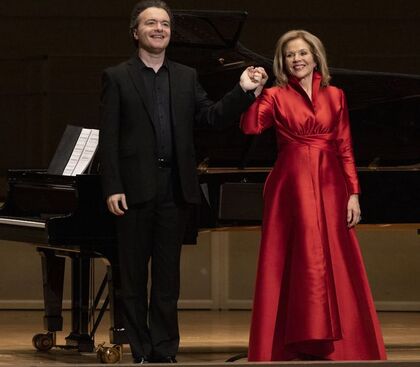 Evgeny Kissin and Renee Fleming – Verbier Festival 30th Anniversary Click here for free trial You can watch this gorgeous concert from Verbier for free via Medici. Two classical music legends combine their staggering talents in this blockbuster evening from the 30th anniversary edition of the Verbier Festival: superstar soprano Renée Fleming and piano virtuoso Evgeny Kissin. A festival mainstay since its first edition, Kissin accompanies Fleming (and performs a handful of solo piano selections) in a wonderful programme of songs by Schubert, Liszt, Rachmaninov, and Duparc. 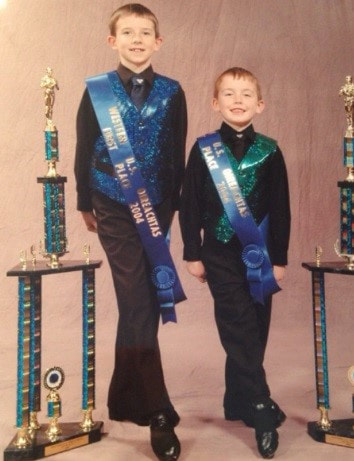 Jean Butler and John Jennings...and The Gardiner Brothers Click here to watch Irish Step Dancing has a much more interesting history than you might imagine. It originated in Pre-Christian Ireland, and some of the earliest recorded references to Irish dance are to the "long dance", towards the end of the 17th century, which was performed largely on social occasions. Beginning around the 1750s, traveling dancing masters taught all over Ireland and continuing as late as the early 1900s with separate traditions growing in three different regions. Coming from three different traditions – Munster, Connemara and Ulster, each region had its own rules and its own specific movements although the rigid torso, rapid and intricate footwork, and legs and feet crossed over each other with knees close together, was common to all three. What differentiated them was their individual style of footware – some wore hard shoes and others ballet-type slippers - and, as a result, their different attitudes towards percussion. All these styles developed into public dance performances which in turn gave rise to stepdance competitions which are now held all over the world. These competitions are called Feisanna. A Feis is a traditional Gaelic arts and culture festival. Until the 1990s Irish step-dancing was a private national treasure, a bit like Australian Rules Football or Scottish curling. And then along came Michael Flatley and Riverdance which became an international phenomenon, spawned shows, arena presentations, international dance troupes and schools. Here, in June 1988, before Flatley, before Riverdance, before Lord of the Dance, when technique and ‘doing it right’ were all that mattered, is an early example of young Irish step-dancers at the beginning of the phenomenon, doing it right. Both teenaged students of master teacher Donny Golden at the time of this performance, Jean Butler and John Jennings would go on to greater fame. Jennings won the All-World Senior Stepdancing Championship and became a noted teacher, while Butler toured with the Chieftains before achieving wide acclaim as one of the original stars of Riverdance in the 1990s. And (DON’T MISS THIS) what has become of Irish Step Dancing since then? Well, The Gardiner Brothers for a start. Here are the phenomenal Gardiner Brothers to demonstrate what has become of Irish Step Dancing since the 80s. Click here to watch.
0 Comments
Leave a Reply. |
AuthorRuth Leon is a writer and critic specialising in music and theatre. Archives
May 2024
Categories
All
|
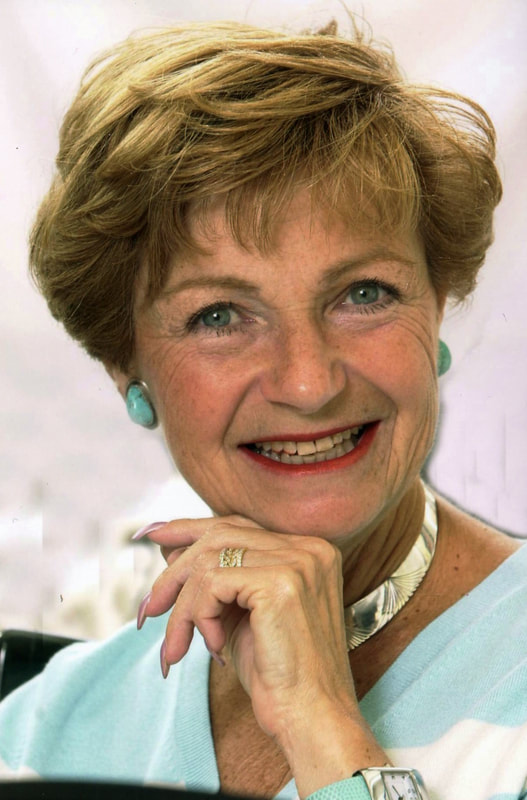
 RSS Feed
RSS Feed
